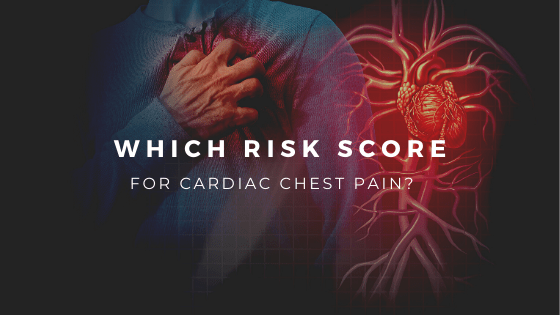Revision Resources
Recent Posts View All
December FOAMed
Syncope as Easy as 1-2-3

A 66-year-old otherwise healthy man presents by Emergency Medical Services (EMS) after being found unconscious on the ground. On arrival to your emergency department, he is back to his baseline normal mental status and without complaints. His vital signs are within normal limits and his physical exam is unremarkable. Is it a syncope? What are the key features of his history and physical exam that should affect your medical decision making? What should this patient’s work-up entail?
Back Pain

A 59-year-old man with history of HTN, HLD, DM2, and smoking presents to the ED for acute onset low back pain that started immediately after he moved furniture. He states his lumbar pain has been unrelenting, with mild pain radiating to down both legs. He now feels like he is ‘tripping over his feet’.
Initial Vitals: HR 89, BP 132/86, RR 20, SpO2 98%, Temp 98.6⁰F
Exam: He appears in pain and has mild midline and bilateral paraspinal tenderness to palpation over his lumbosacral spine. He has bilateral loss of strength in the distal lower extremities, notably with dorsiflexion. He has numbness in his bilateral feet. 3+ reflexes noted with patellar and Achilles testing.
What diagnoses should you consider? What’s the next step in your evaluation and treatment?
Paediatric Toxicology – One Pill/Taste Can Kill

A 4-year-old female presents to the ED with her grandmother for altered mental status. The child was playing in the grandmother’s room earlier, and when the grandmother went to check on her the child was sleeping and difficult to arouse, so she called 911. Vital signs include HR 121, BP 100/62mmHg, RR 20 breaths/min, SpO2 99% on RA. Blood glucose is 22. She is treated with oral glucose solution, which improves her mental status, with repeat glucose 92. While undergoing evaluation, she again becomes lethargic, and repeat glucose is 31. The patient has no medical history; however, her grandmother has a history of hyperlipidemia and type 2 DM.
Risk scores for cardiac chest pain: the first head-to-head comparison!

Suspected cardiac chest pain: everyone sees it, everyone has a different clinical pathway, and everyone has a different risk score for it.
This week the Emergency Medicine Journal published our paper “Comparison of four decision aids for the early diagnosis of acute coronary syndromes in the emergency department” headed by Rick Body, directly comparing different risk scores for acute myocardial infarction.
Ischemic Colitis: Presentations, Evaluation and Management

A 75-year-old female with a history of diabetes mellitus and irritable bowel syndrome presents with one day of abdominal pain with numerous loose, bloody bowel movements. Since the onset of her abdominal pain, the patient has noted a persistent urge to defecate.
VS: HR 82 bpm, RR 14, BP 142/85, SpO2 98% RA, T 98.6°F
Abdominal exam is significant for left lower quadrant tenderness without guarding or rebound.
Are you sure you wish to end this session?

